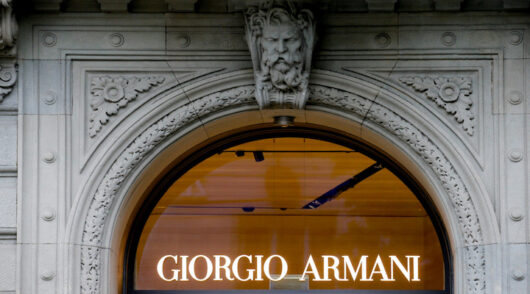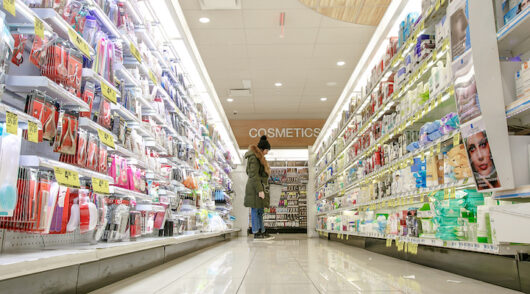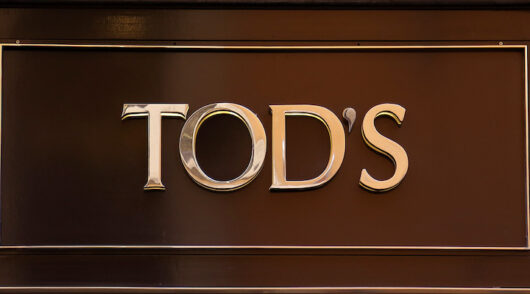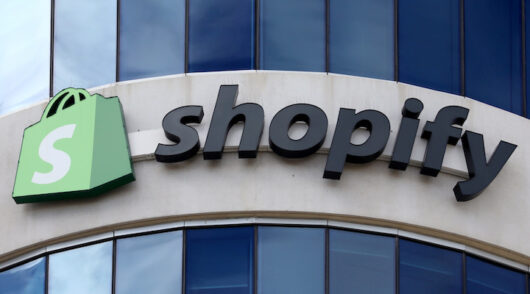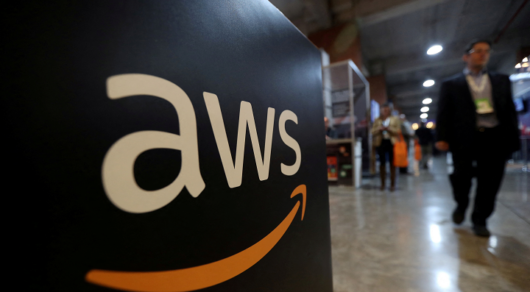Global demand for no- and low-alcohol (Nolo) versions of wine, beer and liquor is soaring according to the latest data from IWSR.
Nolo alcohol consumption has increased by 5 per cent in volume across the world’s leading 10 Nolo markets this year, with the category now worth more than $13 billion.
At the same time, the Nolo alcohol category is predicted to grow at a volume CAGR of 6 per cent between now and 2027, led by no-alcohol at 7 per cent and low-alcohol at 3 per cent.
The US and Canada, along with Australia and Brazil, are considered less developed no-alcohol markets but are expected to lead the way in the category’s growth in the coming years.
More mature markets such as Germany and Spain are each expected to grow at a CAGR of only 2 per cent between now and 2027, with Japan forecast to grow at 5 per cent.
No-alcohol now accounts for two-thirds of Nolo alcohol category volumes, with 72 per cent of that made up of beer or cider. No-alcohol continues to take share from traditional alcohol, and IWSR expects no-alcohol to command nearly 4 per cent of TBA volumes across the T10 markets by 2027.
The forecasts largely correspond to no and low current market penetration: in Germany and Spain, the category has a TBA (total beverage alcohol) share above 10 per cent, but it remains at less than 2 per cent in Canada and the US.
Among the challenges facing the Nolo category, availability remains a major barrier for existing consumers, while those who continue to reject the category tend to prefer other drinks or are put off by the taste of Nolo products.
“Up to 47 per cent of Nolo consumers find availability the main barrier to greater consumption across all markets, but it is particularly important in countries like the US, UK and South Africa, and among the younger LDA age cohorts (Gen Z and Millennials),” says Susie Goldspink, head of no- and low-alcohol insights at IWSR.
The data also reveals that people are increasingly looking to switch between Nolo and full-strength alcohol rather than avoiding the latter altogether.
“Substituters” – those who drink full-strength or no/low depending on the occasion – accounted for 43 per cent of Nolo consumers this year, up from 41 per cent last year. Meanwhile, “Abstainers” have declined from 19 per cent to 17 per cent.
The trend is driven by the US and France, where the proportion of Substituters has reached 45 per cent and 50 per cent, respectively.
“As no- and low-alcohol becomes a more established part of the beverage alcohol landscape, growth is slowing after a peak in 2020 to 2021 – the category is poised for robust gains in the coming years, spearheaded by no-alcohol and persistently strong recruitment levels,” concluded Goldspink.


